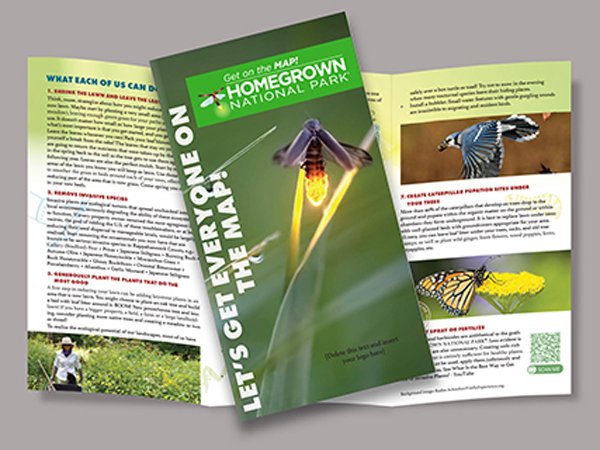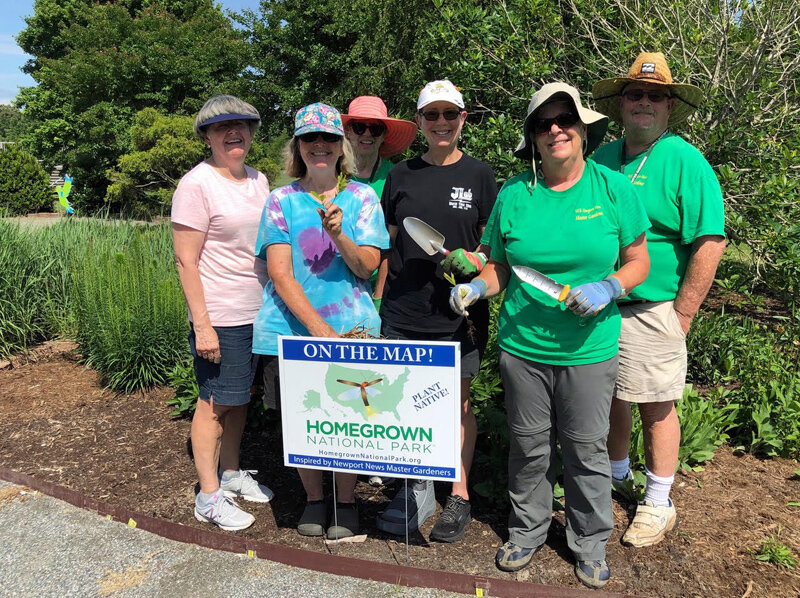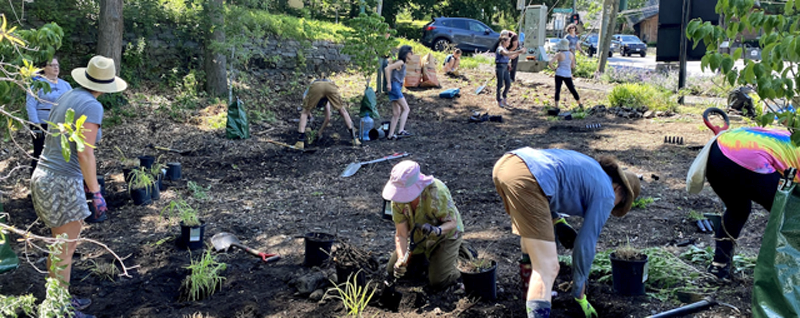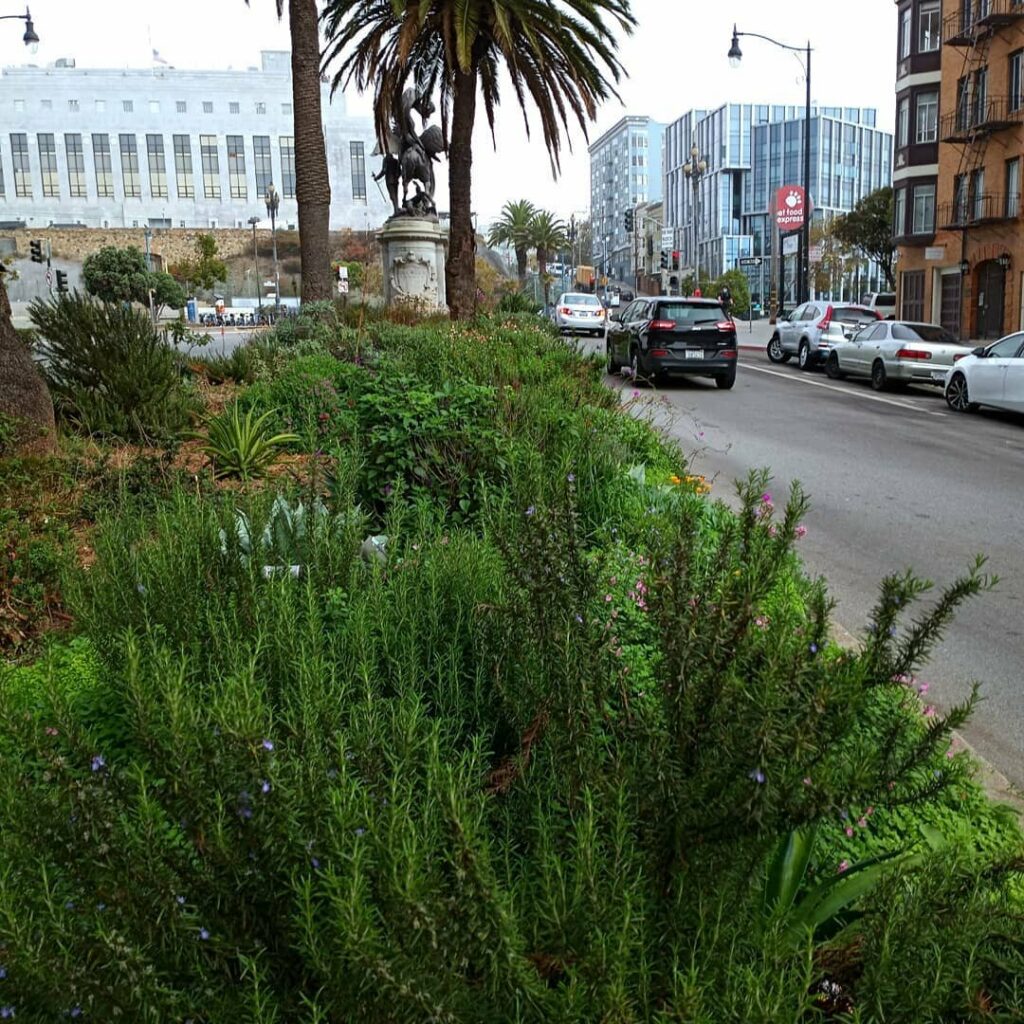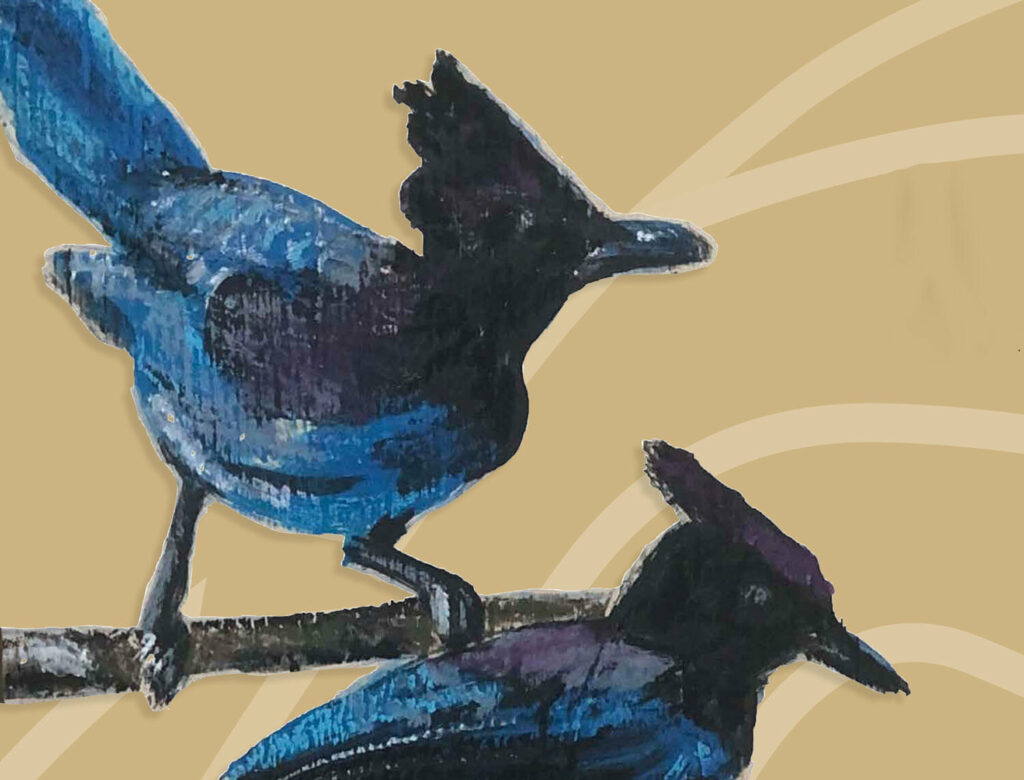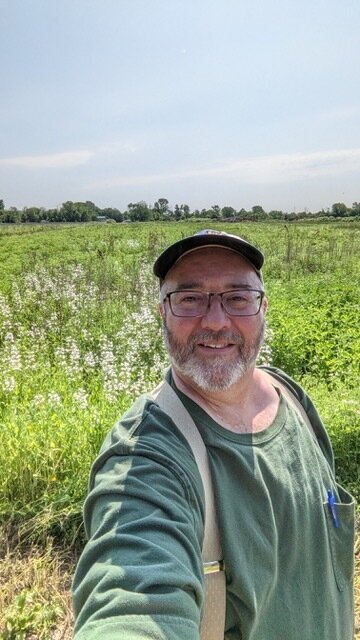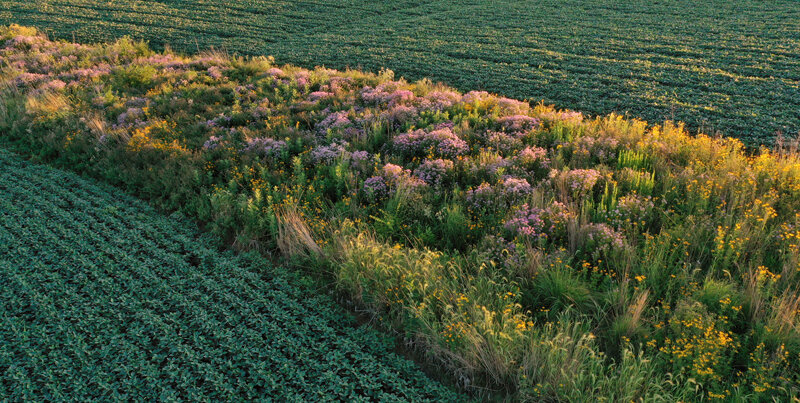Lovejoy and Wilson have spoken; now it\’s time to act / December 30, 2021
Tom Lovejoy introduced the term biodiversity in 1980 and E. O. Wilson patiently yet persistently worked thereafter to convince us that we cannot live without it. HNP’s grassroots initiative is the call-to-action that will regenerate biodiversity. The time is NOW to plant native and GET ON THE HNP MAP!
Lovejoy and Wilson have spoken; now it\’s time to act / December 30, 2021 Read More »

